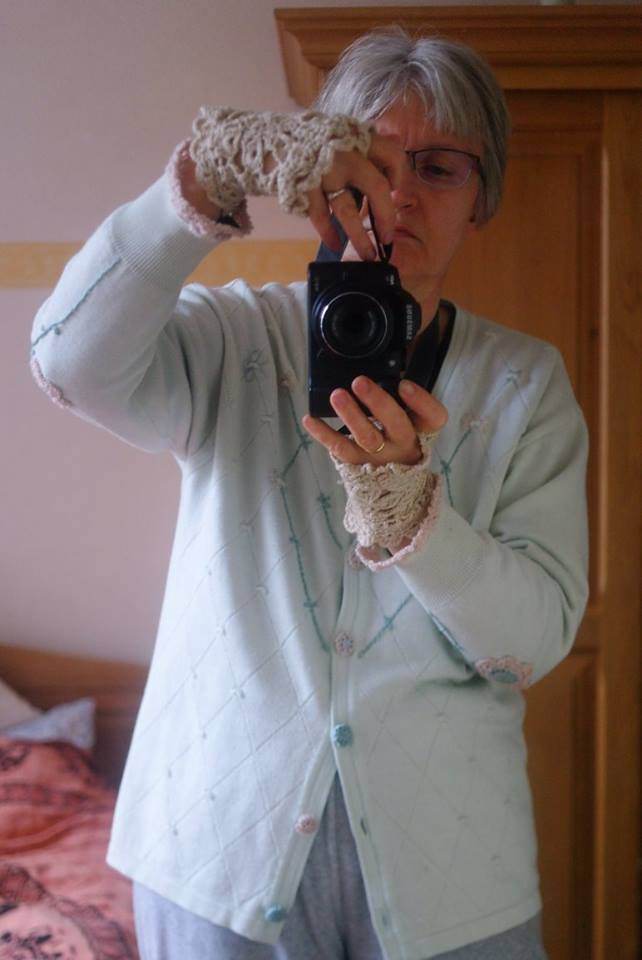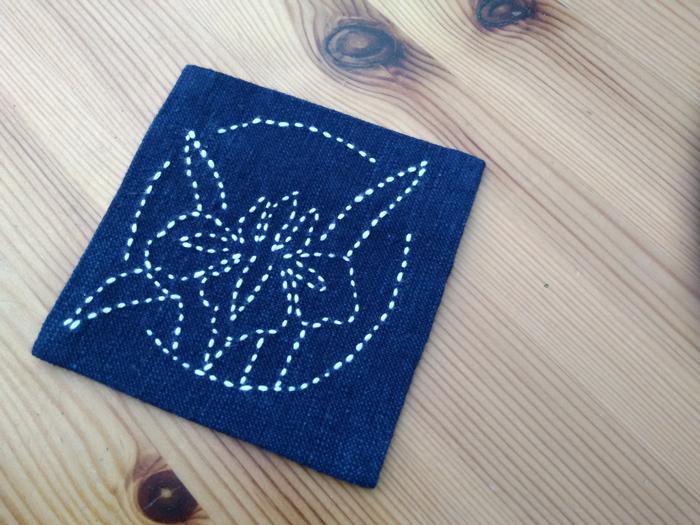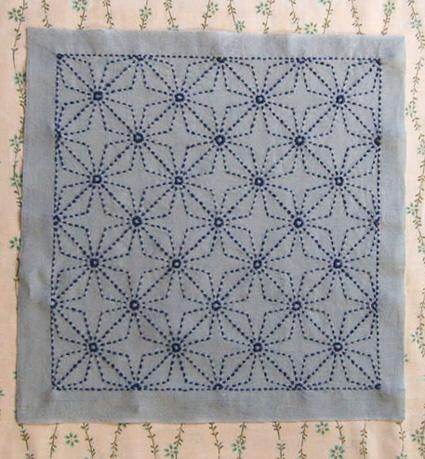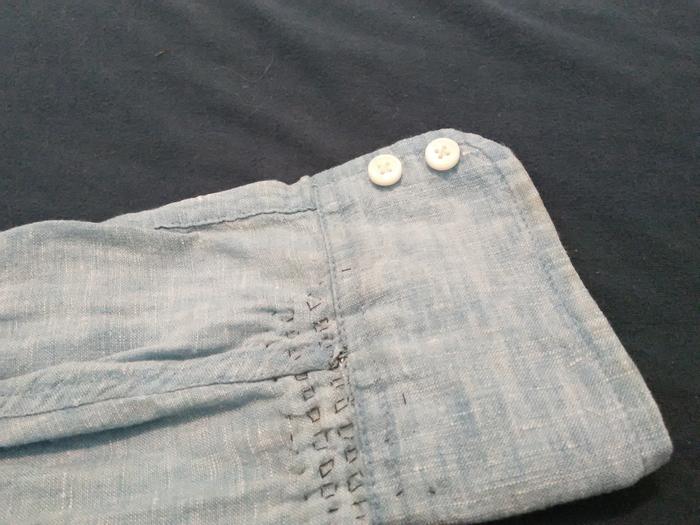
 21
21







"We're all just walking each other home." -Ram Dass
"Be a lamp, or a lifeboat, or a ladder."-Rumi
"It's all one song!" -Neil Young

 21
21






 9
9




Cheap, fast, or good. Pick two
 13
13




 16
16




Love is the only resource that grows the more you use it.
David Brower

 14
14




"Never doubt that a small group of thoughtful, committed citizens can change the world; indeed, it's the only thing that ever has."-Margaret Mead "The only thing worse than being blind, is having sight but no vision."-Helen Keller
 11
11





Trying to achieve self-reliance on a tiny suburban plot: http://gardenofgaladriel.blogspot.com
 2
2





Living in Anjou , France,
For the many not for the few
http://www.permies.com/t/80/31583/projects/Permie-Pennies-France#330873
 15
15




With forty shades of green, it's hard to be blue.
Garg 'nuair dhùisgear! Virtutis Gloria Merces
 13
13





"Also, just as you want men to do to you, do the same way to them" (Luke 6:31)
 16
16




 3
3




With forty shades of green, it's hard to be blue.
Garg 'nuair dhùisgear! Virtutis Gloria Merces
 8
8




Karen Layne wrote:Great patching job. And congratulations on the size change!
 10
10





 12
12




Projects, plans, resources - now on the Permies.com digital marketplace.
Try the Everything Combo as a reference guide.
 5
5










 9
9




Erica Wisner wrote: ... I recently added extra buttons and outdoor-canvas-enhanced buttonholes to my apron, so it can become a giant kangaroo pocket.
Aprons are like tool belts with ruffles.

"Also, just as you want men to do to you, do the same way to them" (Luke 6:31)
 3
3





 13
13




 10
10




 7
7




With forty shades of green, it's hard to be blue.
Garg 'nuair dhùisgear! Virtutis Gloria Merces
 13
13




 17
17





 It kicks every threads' butt. There is nothing one can buy, whether that is the finest Guterman threads, or anything you'd get at a sewing shop. Nothing compares to this. It is, I suppose something that is from the "old school" I had never seen this, (and many other genius items) until I moved to New York, because to work in production, and had to find things in the garment district.
It kicks every threads' butt. There is nothing one can buy, whether that is the finest Guterman threads, or anything you'd get at a sewing shop. Nothing compares to this. It is, I suppose something that is from the "old school" I had never seen this, (and many other genius items) until I moved to New York, because to work in production, and had to find things in the garment district.

South Facing, Jen
 9
9




 4
4




 3
3





South Facing, Jen
 3
3




Karen Layne wrote:Larisa Walk wrote: " I still have reactions to diesel now and also the perfumes, plus formaldehyde in building products, etc."
I used to work in the garment manufacturing industry. I had to ask once, "What is the nasty smell that's created when the material is ironed?". I was told that it was the formaldehyde used to preserve the material.
I've also noticed that I cannot stay in a (new) clothing store for very long before my eyes turn red and start to burn. Used clothing stores don't affect me. I glad for that since the GW is my favorite store.
South Facing, Jen
 5
5




 3
3




Deb Rebel wrote:Jen, thats' why a lot of my sewing and repairs are done in 'zero time' or as relaxation/hobby. Glad you could see the possible in the curtains. I'm a queen of 'zero time' projects, or reclaiming my time in waiting rooms and the like. Right now I'm in it's dark so I can play with sewing machine, read stuff on net, listen to tunes and stuff like that. I have four teeshirts I have to decide if they're going to sweatpant pockets or going to be worn....
South Facing, Jen
 6
6




Pecan Media: food forestry and forest garden ebooks
Now available: The Native Persimmon (centennial edition)
 3
3




 6
6




 2
2




Deb Rebel wrote:Dan, kudos that at least you do. You might replace your pockets with something a bit sturdier, is all. Use an old one to lay on paper and trace, be accurate, then go around and add 1/2" all the way around it, cut two, sandwich together and sew the curvy part and sew to the inside of the pocket opening.
Pecan Media: food forestry and forest garden ebooks
Now available: The Native Persimmon (centennial edition)
 6
6










 6
6




Jen Gira wrote:
... check the labels even at your thrift store. Why I am saying this, is that usually, items that are from even the early 70s and prior, will be made of higher quality fabrics, better stitching, stronger or reinforced seams, and -and this is the important one- Most clothing prior to 1970 had as a standard, about 1.5 inches of seam allowance between each seam. ... I advise against, buying "thrift" that is less than 15-20 years old. This is because, during this time, production in every sense (from the fabric mill, pattern making, to garment construction) was pressed to the outer limits of wearability. ...
...
 They sort out the clothes and if it's 'old-fashioned', they send it to projects for 'third world countries' or for 'helping refugees'. So they sell the 'bad' clothes, because they are newer, more 'trendy', and the good quality clothes are sent away!
They sort out the clothes and if it's 'old-fashioned', they send it to projects for 'third world countries' or for 'helping refugees'. So they sell the 'bad' clothes, because they are newer, more 'trendy', and the good quality clothes are sent away!

"Also, just as you want men to do to you, do the same way to them" (Luke 6:31)
 20
20















 15
15













 9
9











 6
6




 6
6




What you say about clothing from before 1970 is true Jen, but - I don't know how it's in the USA or other countries- here in the second hand stores clothes are not that old They sort out the clothes and if it's 'old-fashioned', they send it to projects for 'third world countries' or for 'helping refugees'. So they sell the 'bad' clothes, because they are newer, more 'trendy', and the good quality clothes are sent away!
Once I saw them sort out some very interesting old-fashioned underwear made of wool (Jaeger)! I said I wanted to buy it, but they said 'no, we don't sell it, it's for a project in Eastern Europe'. OK, that's nice for the people in Eastern Europe, but still I don't get it
 Sarah B
Sarah B
“Knowledge is knowing a tomato is a fruit: Wisdom is not putting it in a fruit salad. “ Brian Gerald O’Driscoll

|
For my next feat, I will require a volunteer from the audience! Perhaps this tiny ad?
Rocket Mass Heater Resources Wiki
https://permies.com/w/rmh-resources
|








